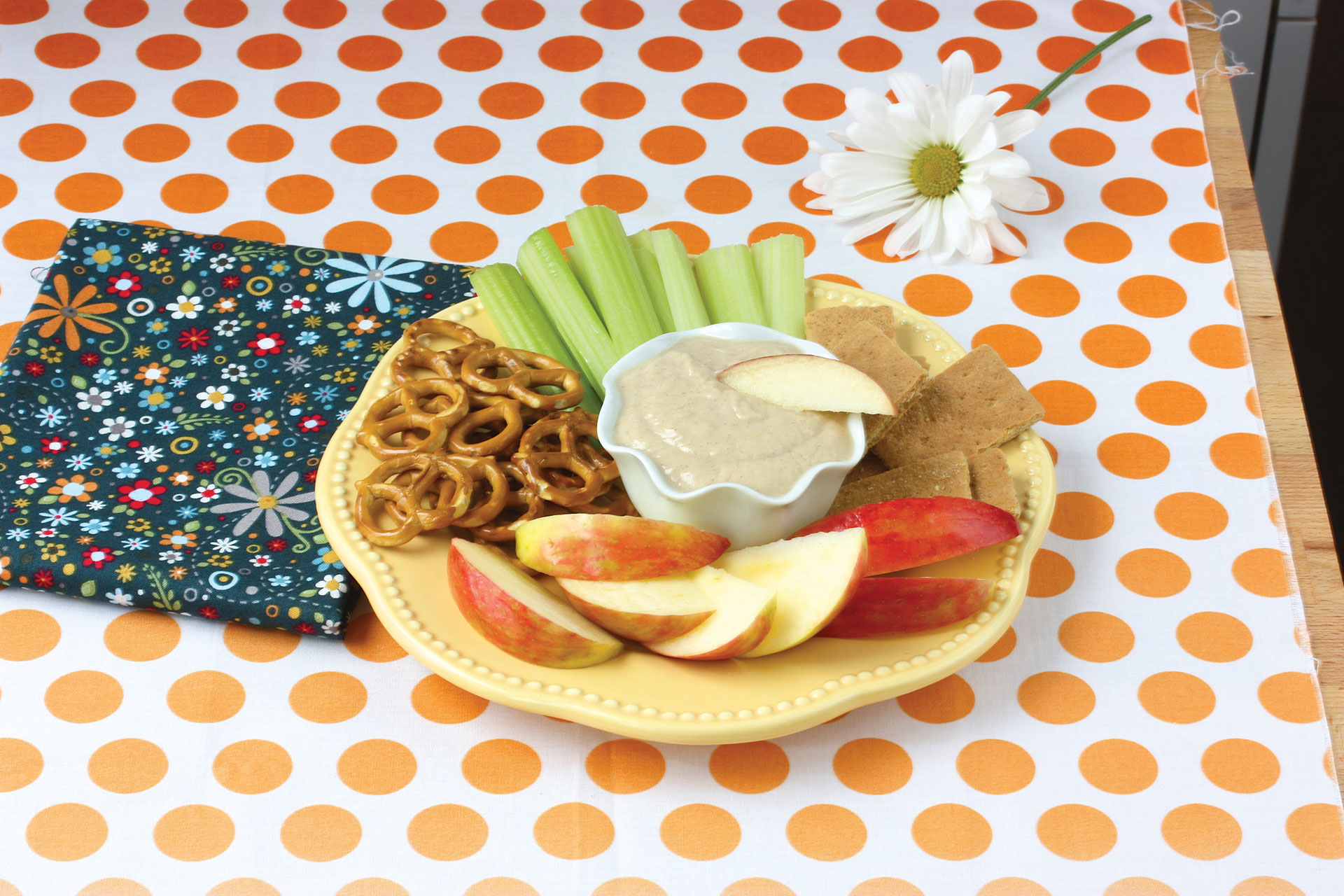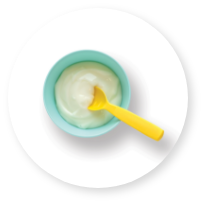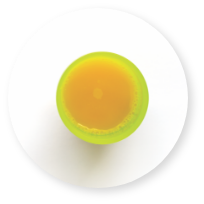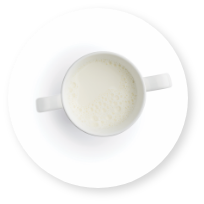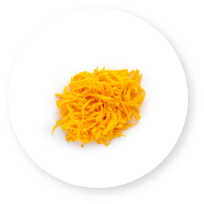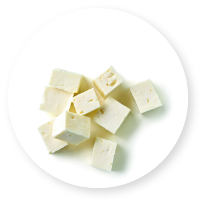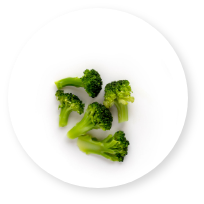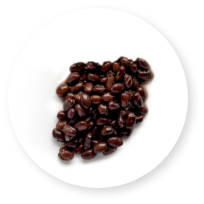Ya sea natural, con sabor a frutas o de vainilla, el yogur se puede comer como un simple bocadillo con una cuchara, o se puede usar de muchas otras maneras deliciosas que a los niños les encantarán. Podemos intercalarlo con capas de trocitos de frutas frescas y cereales integrales crujientes para elaborar un parfait; usar yogur natural en lugar de crema ácida para condimentar patatas al horno o quesadillas; o poner en práctica nuestra creatividad en la cocina e incorporarlo en batidos, helados de frutas y salsas cremosas pero saludables. El yogur es nutritivo: aporta calcio y vitamina D a nuestros huesos y dientes, proteínas para músculos fuertes y carbohidratos que nos dan energía.
Esta es una deliciosa receta con yogur que puedes probar con tu familia.

